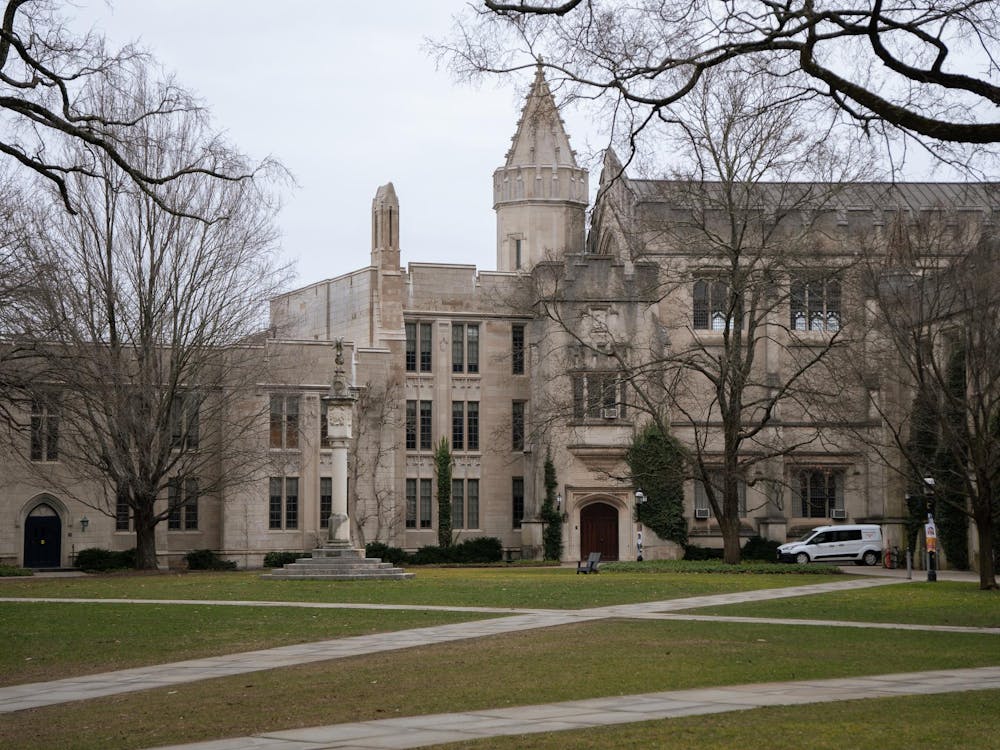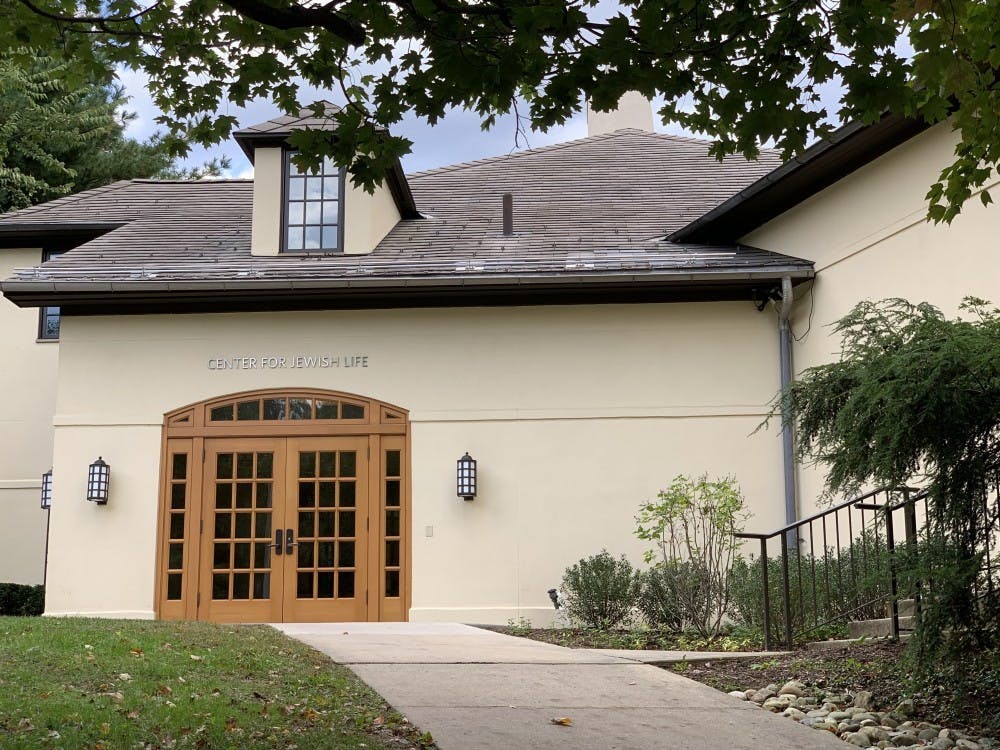The following is a guest contribution and reflects the author’s views alone. For information on how to submit a piece to the Opinion section, click here.
Last month, I had the chance to review Princeton’s Report of the Treasurer for the 2024 fiscal year. Having spent most of my working time since 1967 as Chairman of a quite successful mid-size financial company that has made a respectable profit every year, I have read a number of financial statements in my time. But Princeton’s report this year has made me quite concerned.
Princeton University Investment Company (PRINCO), the University’s investment office, has invested much of its money in illiquid assets which could be difficult to turn into cash quickly at an amount close to the value listed on the University’s financial statements.
In a volatile political environment, our lack of liquidity limits how fast we can draw from the endowment, as well as how sure we are about its true value. With Princeton under threat of funding cuts from the federal government, liquidity is essential.
With our current investment distribution, the endowment hasn’t been doing so well in recent years. Last valued at $34.1 billion, it declined by 1.7 percent in the fiscal year 2023 (FY2023) and gained 3.9 percent in FY2024. By comparison, the S&P 500 stock index was up 17.7 percent and 22.7 percent each year respectively (excluding dividends).
There are two key risks to investing in illiquid assets. The first and more obvious one is that in times of need, it is difficult or impossible to sell off these assets without a large discount. The second, more insidious problem is that it can be difficult to accurately value illiquid assets. While widely traded securities have well-defined market prices at which the security can be immediately purchased or sold, it can be difficult to determine the true value of an illiquid asset due to the lack of an active market.
At the end of FY2024, at least 62 percent of Princeton’s gross managed investments were allocated to illiquid assets that the University has indicated were “non-redeemable” — that is, held in funds where the University has no contractual right to cash out their share on demand. The redemption terms for the remaining portion are also restricted in various ways, including some that can only be redeemed annually.
Though the FY2024 Treasurer’s report did not feature the standard “Report on Investments” from the President of PRINCO, the Report on Investments from FY2023 by now-retired PRINCO president Andrew Golden yields some details on the rationale behind PRINCO’s asset class allocations. For 2024, the target allocation towards a group of mostly illiquid assets — independent return, private equity, and real assets — was 72 percent. But we are overshooting even that. The actual allocation in FY2023 was 76.2 percent.
Despite private equity’s 11 percent decline in value in FY2023, Golden defended the long term allocation into the asset class, noting that it had outperformed expectations over the past 10 years.
Another grave concern I have stems from the difficulty in ascertaining the true value of these illiquid assets. U.S. accounting standards typically require that assets be measured at “fair value,” defined as “the price that would be received to sell an asset or paid to transfer a liability (exit price) in an orderly transaction between market participants at the measurement date.” However, less than nine percent of the University’s assets under management are actually accounted for under the standard fair value hierarchy.
The rest are instead valued by an accounting measure known as “net asset value as a practical expedient.” This is a standard accounting measure often used for private equity funds, where it may be impossible to determine the true fair value of the investment using the fair value hierarchy. The trouble with net asset value is that it is not a “real” valuation in the sense that the University can actually sell its assets at the Net Asset Value (NAV) price — in fact, the University acknowledges that in general, “investments in [private equity] are not redeemable.” These funds are typically structured as limited partnerships with a contractual life of 10 years.
Moreover, valuations of private equity assets are often volatile and require subjective judgments — the University notes that it may use “discounted cash flow analysis and other industry standard methodologies,” which implicitly require assumptions about future market performance and discount rates. Ultimately, it is difficult to take these valuations without a grain of salt.

Without a reliable measurement of the endowment’s true value, it also becomes difficult to have meaningful conversations about how to spend it. If the actual value of our private equity investments were much lower at redemption than NAV would make it seem, we would be in for a very nasty surprise. Effectively, we need to incorporate a measure of risk and uncertainty when looking at valuations of the endowment.
In good times, a large allocation of funds into illiquid assets may not draw significant scrutiny. After all, doing so allows us to harvest both risk premia and so-called “illiquidity premia,” the compensation for holding an asset that may not be easily saleable.
But we are not in good times anymore. The Trump administration’s misguided tariff policy has resulted in significant headwinds for businesses and increased volatility, including for the categories of independent return and private equity. The administration has already demonstrated hostility to elite universities and their endowments, with Republican members of Congress proposing various taxes ranging from a 21 percent excise tax on endowment returns to a one-time lump-sum six percent tax on the entire value of the endowment. Any of these proposals could cripple the University’s largest revenue stream.
Moreover, Princeton needs to prepare for potentially large drawdowns from its endowment. Last week, the federal government moved to freeze federal grants to Princeton that fund critical research. In order to sustain these projects, Princeton must be prepared to dip into its endowment to replace the funding that the government has taken away. University President Christopher Eisgruber ’83 has signaled that the University does not intend to acquiesce to all the government’s demands, but doing so will require larger endowment drawdowns. The necessity of liquidity in such a situation is manifest.
At a time like this, Princeton’s investment strategy is, I believe, far too risky. I believe preservation of capital and significant liquidity should be Princeton’s guiding principle. Most importantly, there should be greater light shone on the endowment and how it is invested. To quote from Supreme Court Justice Louis Brandeis, “sunlight is the best antiseptic.”
Leonard Milberg ’53 is the chairman of Milberg Factors Inc. He is a longtime patron of art and literature. Among other University affiliations, he has co-sponsored the Ellen and Leonard Milberg Gallery in the lobby of Firestone Library and endowed two professorships, and has received the Award for Service to Princeton. He can be reached at lmilberg[at]milfac.com.
Please send any corrections to corrections[at]dailyprincetonian.com.








